Back in 2016, the first brandgym blog post kicked off a campaign to “build brands on substance, not spin”. This was also the subtitle for our book Where’s the Sausage, published around the same time. We suggested that branding should not be about using advertising to create an ‘image wrapper’ wrapper’ that covers up a mediocre product. Instead, it should be about crafting a big brand idea that is then ‘baked into’ superior products and services which are amplified with distinctive communication (see below).
Fast forward 18 years and a combination of informed, digitally connected consumers and more vigorous legal oversight are contributing to this campaign. This is illustrated by two recent high profile news stories in India that our brandgym partner Prasad Narasimhan writes about in this week’s post, before going on to propose 10 ways to build brands on substance, not spin.
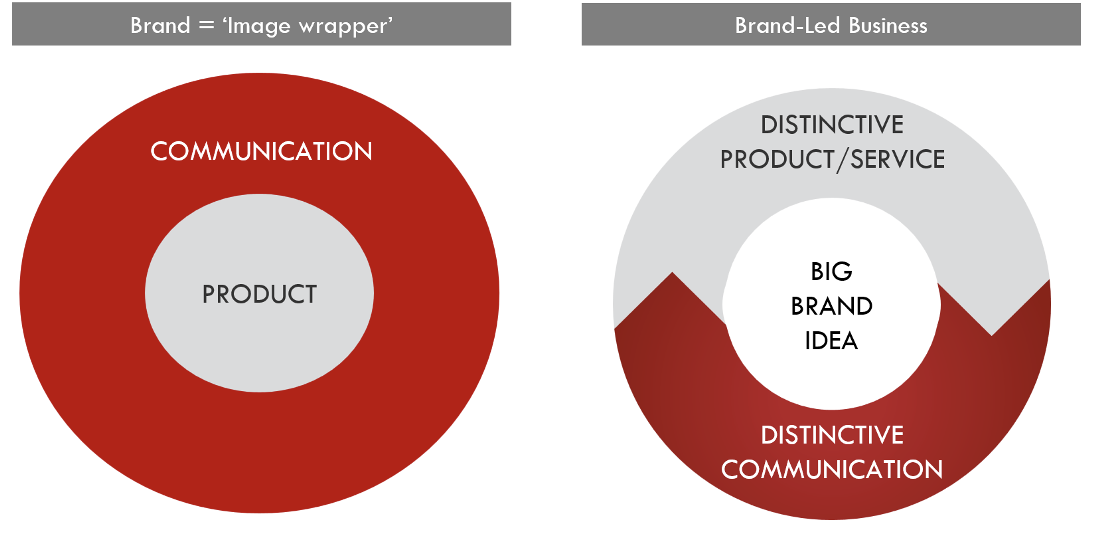
Two recent news stories reminded me of the importance of building brands on substance, not spin. First, Baba Ramdev, the talismanic figure behind the Patanjali brand (below) grovelled before the Supreme Court for running misleading advertisements for many years. Patanjali had made brazen claims on how their Ayurveda-inspired products cured even the most difficult diseases, with little or no scientific basis. He has been ordered to issue public ads regretting their marketing misadventures. Second, Unilever and Mondelez were forced to dilute their category claims, from ‘health food drinks’ to ‘functional nutritional drinks’.
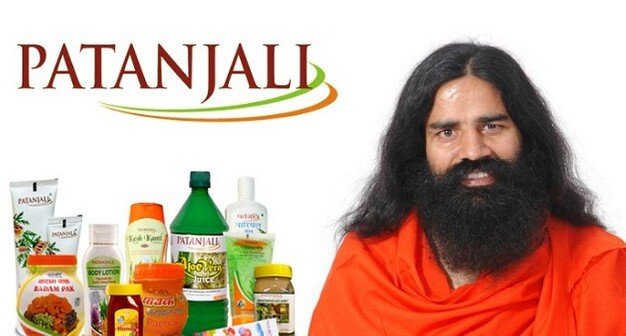
If you are up for building your brand based on substance, not spin, how to get started? On brandgym projects we use a series of ‘brand truth drills’ to uncover tangible features and attributes which can be the support for relevant benefits. In this post, we look at 10 of these. You can assess a potential brand truth using the simple ‘BAR test’: is it believable? Will it be apparent to consumers? Is it relevant in the category?
1. Product form – Heinz ketchup
Heinz has long turned the potential disadvantage of being thick into a features that supports product quality. The brand has recently also used its distinctive colour as the basis for a campaign against cheap counterfeit ketchups, as we posted on here.
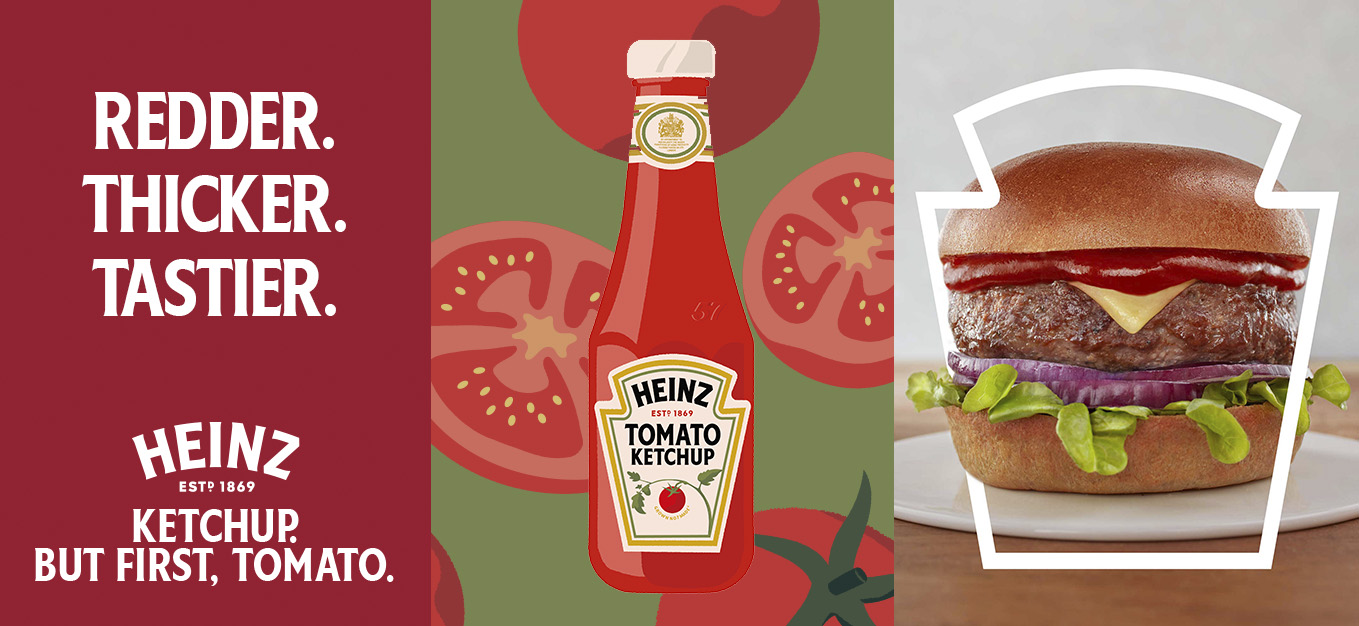
2. People & culture – Southwest Airlines
Southwest Airlines used culture and its staff to drive distinctiveness (see the three key values below) as we posted on here. Rapping stewards in planes and crazy little spontaneous surprises bring to life the value of “Fun LUVing” for example.
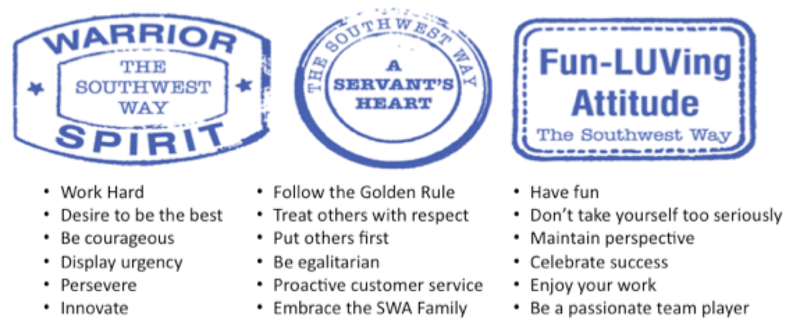
3. Recommendation – Colgate and dentists
Colgate uses the attribute of being the toothpaste most recommended by dentists to build trust and reassurance, but attributes for healthcare products. Recommendation like this is a key way to generate the social proof we often use to shortcut the decision making process.

4. Expert users – MRF Tyres
MRF tyres have a racing team that puts the product through extremely gruelling challenges. Whilst everyday drivers won’t get close to replicating these conditions, the “torture test” the tyres have gone through provides reassurance on durability and safety.

5. Product attributes – Pears
For more than two centuries, Pears soap has stood for purity, as symbolised by the product’s transparency.
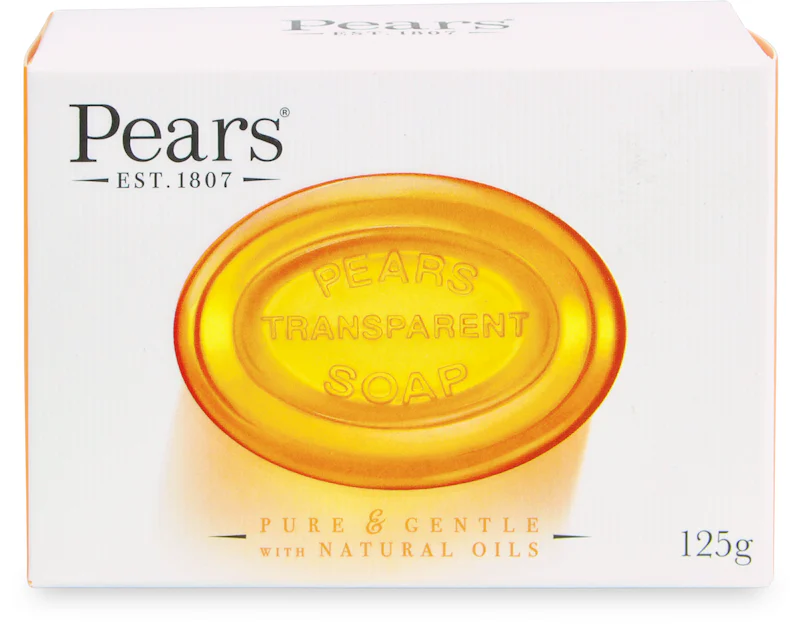
6. Heritage – Belstaff
History and heritage can be a powerful truth to build on. However, the challenge is to do this in a way which is relevant and avoids making your brand seem old and dusty. The Belstaff brand of motorbike jacket have successfully pulled off this balancing act, as we posted on here: a brand with iconic products rooted in the past but with an eye on the future (below).
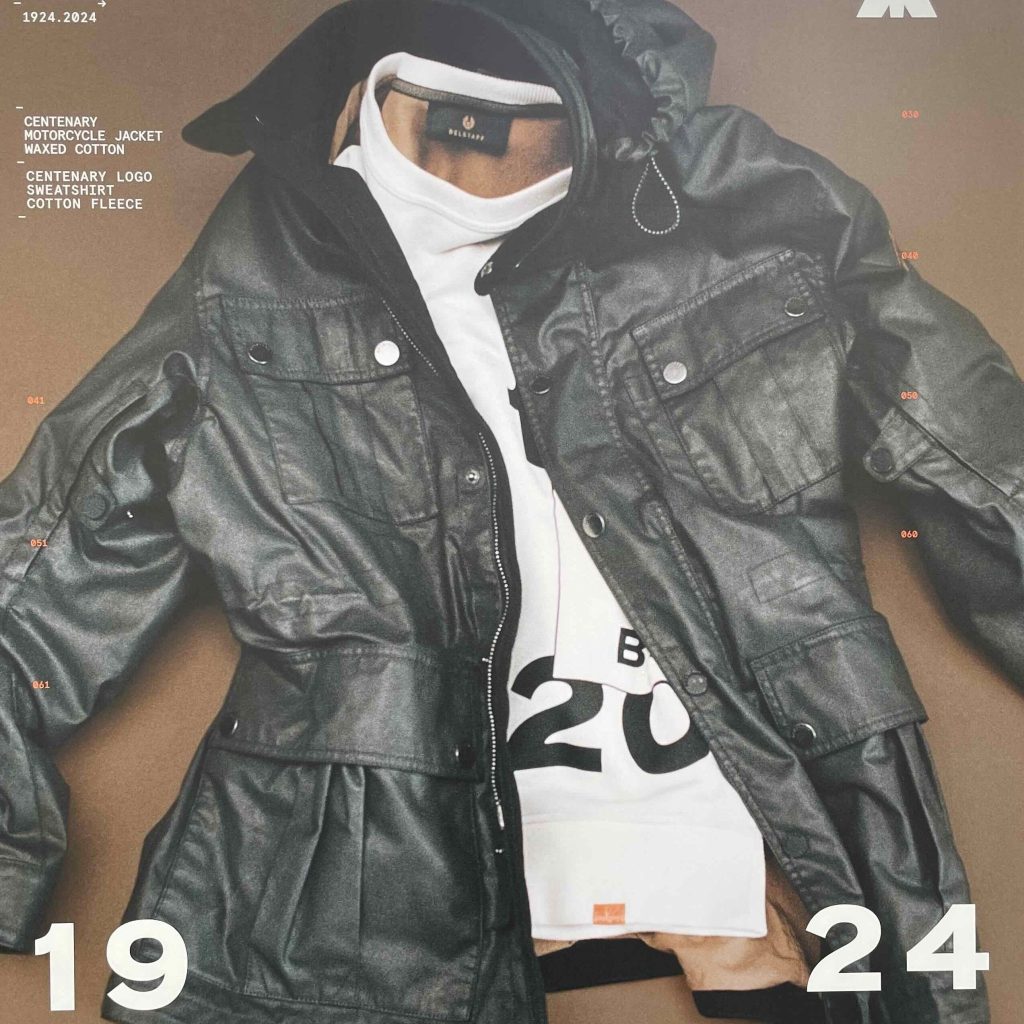
7. Sourcing – Ben & Jerry’s
Many brands using ‘storyTELLING” to campaign for social issues. More compelling and substantial is when a brand idea is literally baked in to the product. One example is the ‘values-led’ sourcing of Ben & Jerry’s, such as using brownies from New York’s Greyston Bakery (below), a social enterprise providing jobs to low-income residents of Yonkers, New York.
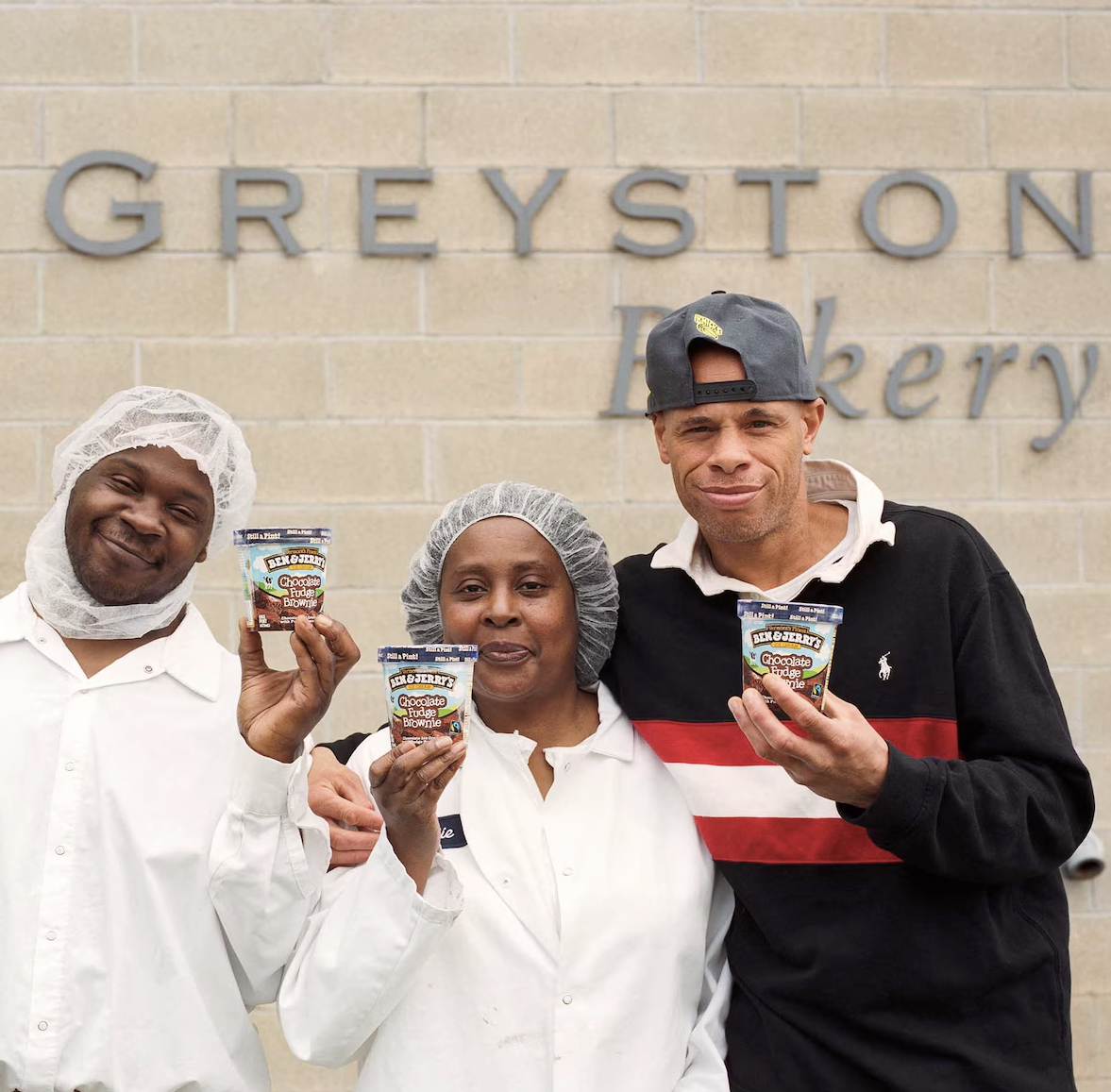
8. Founder(s) – Gymshark
Ben Francis is the founder of fest growing sportswear brand Gymshark. He is the public face of the company, with his profile building brand awareness and his story communicating the values of performance, persistence and determination, as we posted on here. His Youtube video, “How I Started The UK’s Fastest Growing Company“, has got over 3 million views.
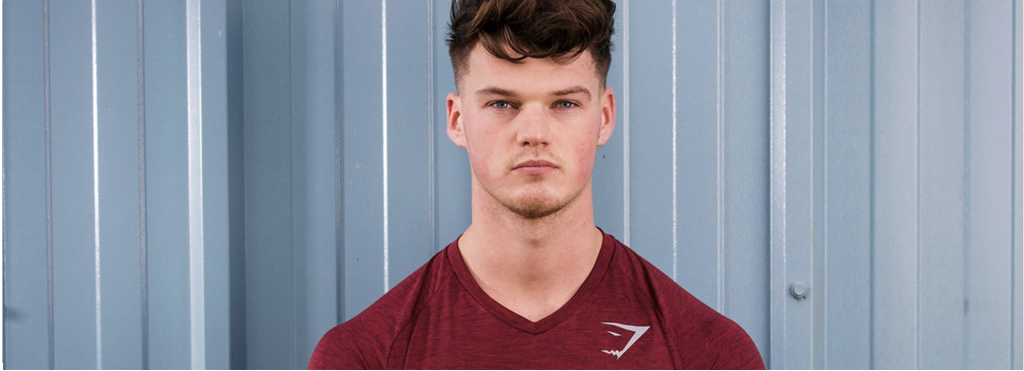
9. Functional performance – Westin Heavenly Bed
Westin has driven distinctiveness in the hotel market by building on functional performance in the important area of sleeping, with its Heavenly bed. This distinctive descriptor helps the brand stand out. The bed has become so popular that there is now an online store where you can buy your own bed to take home!
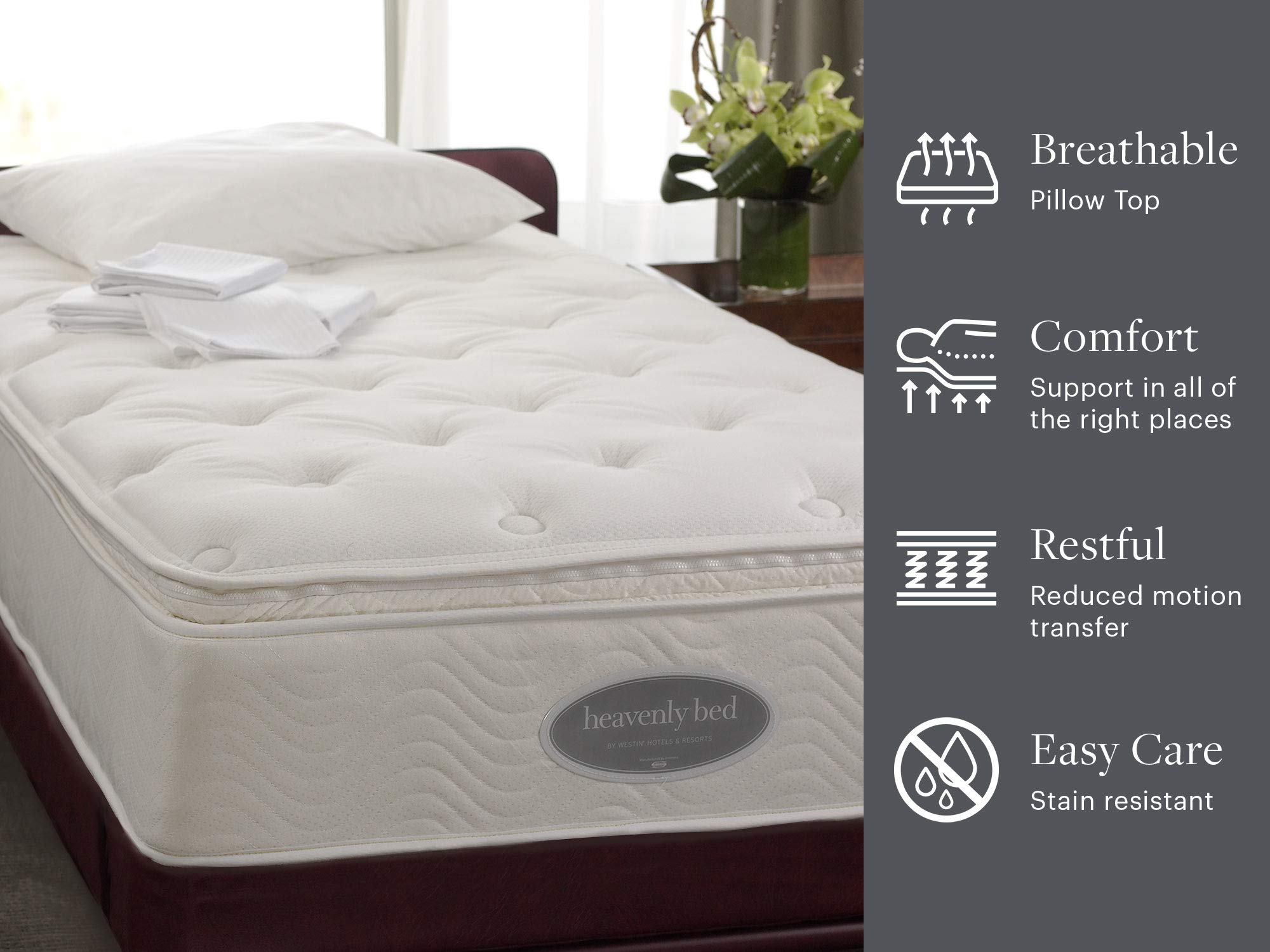
10. Sensory experience – Harley Davidson
Is there an element of the user experience that is a brand truth you can build on. The distinctive engine roar of a Harley Davidson is a key attribute that contributes to the image of being a rebellious brand. The exhaust note is so distinctive that the company filed a sound trademark application.
In conclusion, the above 10 brand truth drills are a good starting point if you decide to join us on our campaign to build brands based on substance, not spin!
